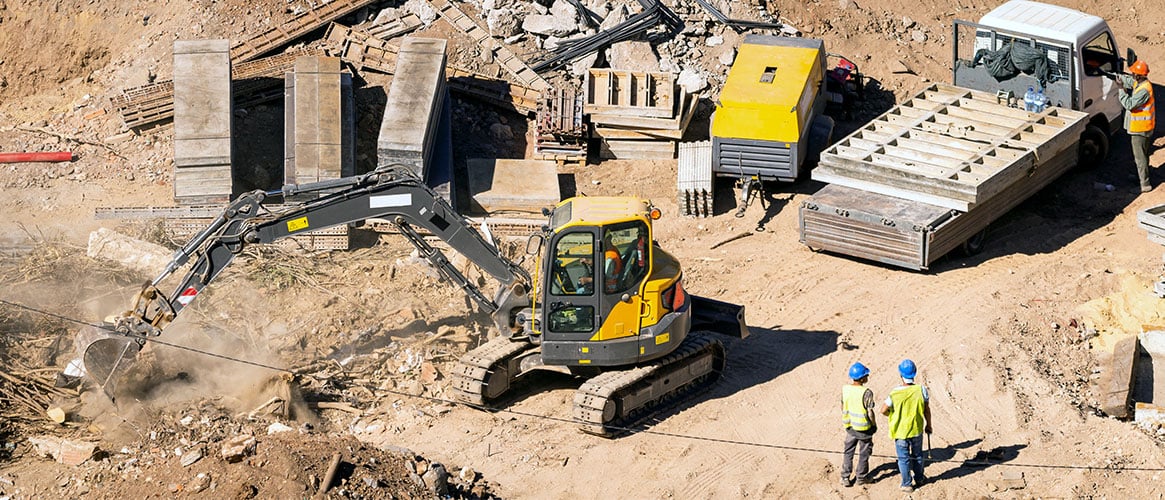Hidden beneath the ground is a fungus that can pose a serious health risk when soil is disturbed. This can be from wind or dust storms as well as digging, trenching, moving equipment, road repairs, and other similar operations which cause this fungus, Coccidioides, to become airborne. Valley Fever is most common in California’s Central Valley, but is present in other parts of the state as well.
When people breathe in the fungus, they are at risk of contracting Valley Fever. Symptoms will mimic other common ailments, such as the flu. In some cases, people develop these symptoms and recover on their own. In other cases, recovery can take weeks or months—resulting in significant time off from work.
And, in more severe cases, pneumonia may develop or patients could suffer lung damage. The disease can also advance into disseminated Valley Fever where it spreads beyond the lungs to other organs.
What your employees need to know about Valley Fever
Dust exposure. Agriculture and construction workers are at significant risk for developing Valley Fever. That's because work conditions include a much higher rate of airborne dust compared to other occupations. Your Injury and Illness Prevention Program (IIPP) should include control measures to reduce dust exposure.
The risk of exposure is greatest when digging begins. It doesn’t take long for the Coccidiodes fungus to become airborne. The fungus lives in the top 2-to-12 inches of the soil, so it’s likely to be released into the air when digging begins. And, the California Department of Public Health (CDPH) says there is no reliable way to test for it. In areas where Valley Fever is common, you should work under the assumption that these spores may be present, and take precautions.
Get treated right away. Because symptoms are similar to other common illnesses, the disease may not be diagnosed right away. As a result, treatment is often delayed. CDPH encourages anyone working in Valley Fever exposure areas to report any potential symptoms to a supervisor and seek immediate treatment from a physician.
What your employees need to do to minimize Valley Fever risk
While on the job, here are some steps to take:
- Limit workers’ exposure to outdoor dust.
- Use approved respiratory protection with particulate filters rated N95, N99, N100, P100, or HEPA. (These must be approved by the National Institute of Occupational Safety and Health and are provided by the employer).
- Use water, appropriate soil stabilizers, ventilation, and/or revegetation to cut down on how much dust becomes airborne.
- Minimize the area of soil to be disturbed.
Take precautions to isolate workers on the ground from heavy equipment and other dust generating processes.
- Clean tools, equipment, and vehicles before transporting them off the worksite.
- Bring a change of clothes to the jobsite and change into them after the workday ends. (Employers are encouraged to provide change rooms and showers whenever possible).
- Ensure that earth moving equipment operators are in enclosed cabs with high efficiency air filtration and closed windows. Inspect door and filter seals regularly.
What to cover at your safety meeting about Valley Fever
Discuss the symptoms of Valley Fever and remind workers that these symptoms are similar to other common illnesses. What may seem like the common cold could actually be something much worse.
CDPH has developed this guide to help you meet training requirements.
Some topics include:
- Respirators – how to use them, how they work, how to put them on, and when it is safe to take them off.
- The proper procedure for cleaning tools, equipment, and vehicles before leaving the job site.
- How to use water and other dust control measures to cut down on the amount of soil that becomes airborne.
Exposure to airborne dust particles is unavoidable for agriculture and construction workers. Know what’s living under the soil and the risk your workers face. Act right away when anyone reports symptoms.

